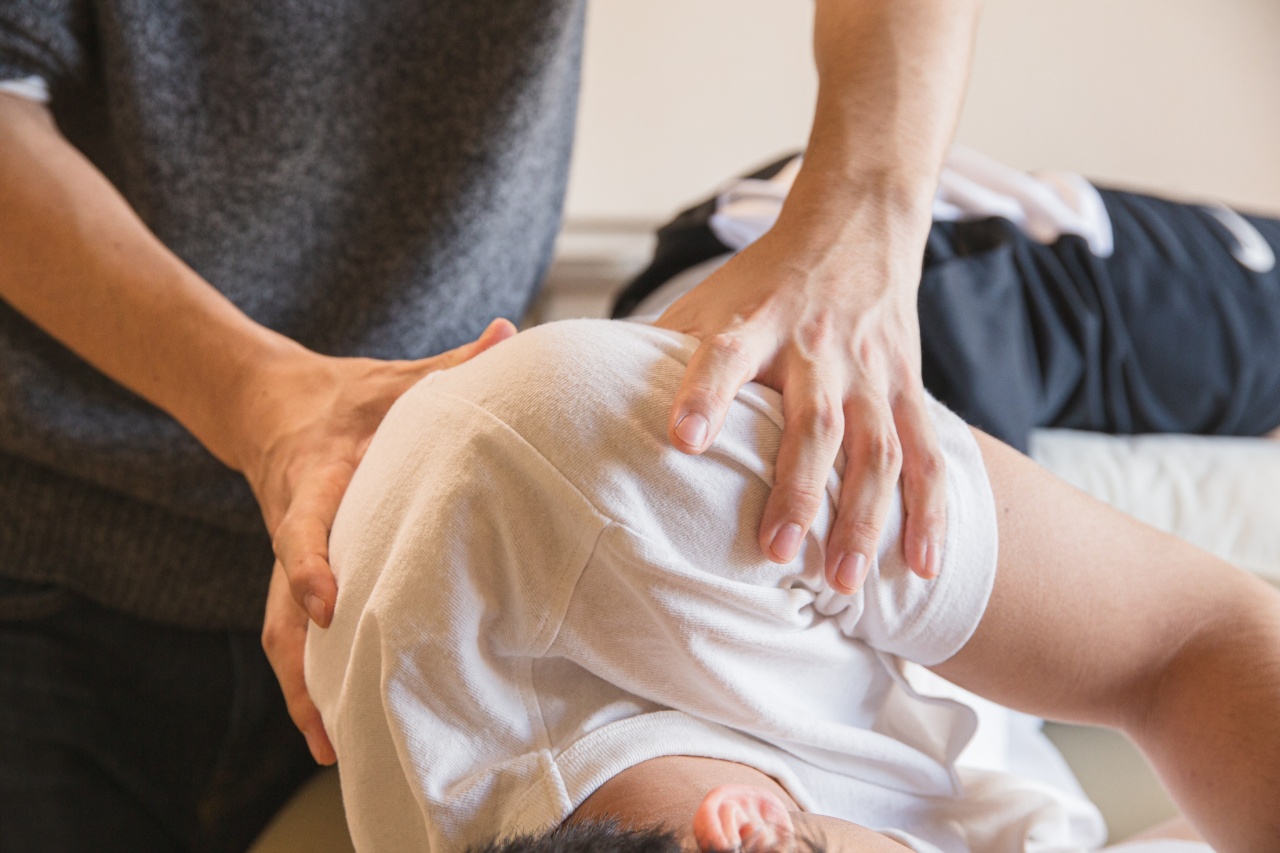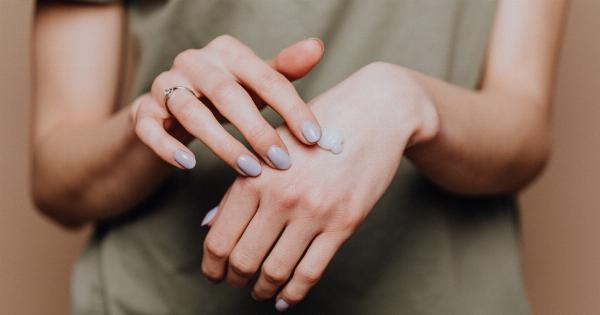Low back pain is a common ailment that affects millions of people worldwide. It can be caused by various factors such as muscle strain, poor posture, repetitive movement, or underlying conditions.
While seeking professional medical advice is essential for accurate diagnosis and treatment, incorporating massage techniques into your routine can provide quick relief and help alleviate discomfort.
1. Effleurage
Effleurage is a gentle and soothing massage technique that involves long, sweeping strokes along the low back. It helps increase blood flow to the area, promoting relaxation and reducing muscle tension. To perform effleurage:.
- Apply a small amount of massage oil or lotion to your hands.
- Place your hands flat on the low back region.
- Using both hands, stroke upwards along the spine using long, smooth motions.
- Repeat this motion several times, gradually increasing the pressure.
- Remember to always maintain constant contact with the skin.
2. Petrissage
Petrissage is a technique that involves kneading, pressing, and rolling the muscles using your hands and fingers. It helps relieve tension and improves circulation in the low back area. To perform petrissage:.
- Apply a moderate amount of pressure with your palms or fingertips.
- Using your hands, knead the muscles in circular motions, moving from the sides of the spine outwards.
- Focus on any areas of tightness or discomfort.
- Repeat this motion for a few minutes, gradually increasing the pressure if desired.
- Always communicate with the recipient to ensure comfort and adjust pressure accordingly.
3. Trigger Point Therapy
Trigger points are hyperirritable spots in the muscles that can cause localized pain and discomfort. Trigger point therapy involves applying gentle pressure to these specific points to alleviate pain. To perform trigger point therapy:.
- Locate the trigger point by palpating the low back muscles.
- Apply pressure to the trigger point using your fingertips.
- Use firm, circular motions to release tension in the area.
- Continue applying pressure for a few seconds or until the discomfort subsides.
- Remember to breathe deeply and relax throughout the process.
4. Compression
Compression is a technique that involves applying sustained pressure to the muscles of the low back. It helps relax tight muscles, reduce inflammation, and improve circulation. To perform compression:.
- Apply moderate pressure to the low back muscles using the heel of your hand or your fist.
- Hold the pressure for a few seconds, allowing the muscles to relax beneath your hand.
- Release the pressure and move to a different area as necessary.
- Repeat this motion for several minutes, focusing on any areas of tension.
- Adjust the pressure based on the recipient’s comfort level.
5. Stretching
Stretching is an essential part of any massage routine, as it helps increase flexibility, release muscle tension, and promote mobility. To perform stretching:.
- Support the low back region with one hand.
- With the other hand, gently stretch the muscles by pulling the knee towards the chest.
- Hold the stretch for a few seconds, then release.
- Repeat this motion on both sides of the body a few times.
- Encourage the recipient to communicate any discomfort or pain during the stretching process.
6. Heat Therapy
Heat therapy can be a beneficial addition to your massage session, as it helps increase blood flow, relax muscles, and reduce pain. To incorporate heat therapy:.
- Apply a heating pad or hot pack to the low back region.
- Ensure the heat source is at a comfortable temperature and does not cause burns.
- Allow the heat to penetrate the muscles for approximately 15-20 minutes.
- Combine heat therapy with massage techniques for optimal results.
- Always follow the manufacturer’s instructions regarding the use of heating pads or hot packs.
7. Hydrotherapy
Hydrotherapy involves the use of water to help relax muscles, reduce inflammation, and relieve pain. To use hydrotherapy techniques:.
- Fill a bathtub with warm water or use a hot tub if available.
- Have the recipient immerse their low back region in the water.
- Encourage gentle movements to promote relaxation and reduce muscle tension.
- Allow the low back to soak in the water for approximately 15-20 minutes.
- Be mindful of the water temperature to avoid burns or discomfort.
8. Aromatherapy
Aromatherapy involves the use of essential oils to enhance relaxation, reduce pain, and promote healing. To incorporate aromatherapy into your massage routine:.
- Choose essential oils known for their pain-relieving properties, such as lavender, chamomile, or peppermint.
- Dilute a few drops of the chosen essential oil in a carrier oil (such as almond or coconut oil).
- Apply the oil mixture to your hands and warm it up by rubbing them together.
- Perform the desired massage techniques, allowing the recipient to inhale the aroma of the oils.
- Ensure the recipient does not have any allergies or sensitivities to the chosen essential oils.
9. Self-Massage Techniques
In addition to seeking professional massages, performing self-massage techniques can provide quick relief for low back pain. Some self-massage techniques you can try include:.
- Using a tennis ball or foam roller, apply gentle pressure to the low back by rolling your body over the object.
- Apply circular motions with your fingertips over any areas of tension or discomfort.
- Experiment with different techniques and find what works best for your individual needs.
- Remember to listen to your body and adjust pressure or technique accordingly.
10. Seek Professional Assistance
While massage techniques can provide relief for low back pain, it is essential to consult with a trained massage therapist or healthcare professional for a comprehensive evaluation and personalized treatment plan.
They can offer specific guidance based on your individual needs and ensure optimal care and safety.

























